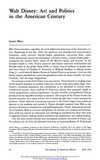
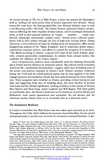
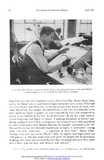
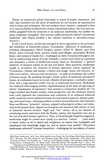
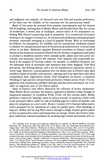
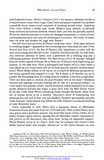
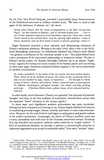
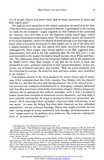
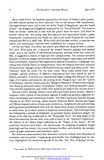
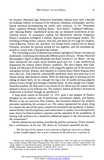
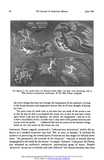
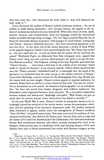
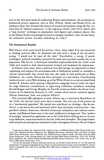
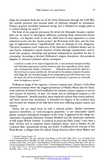
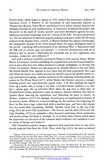
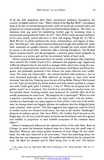
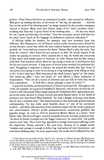
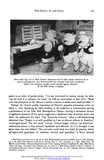
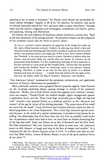
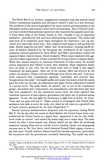
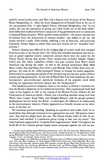
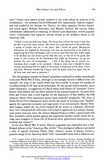
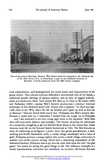
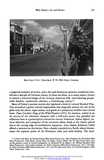
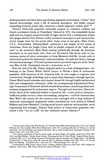
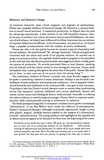
[…] Steven Watts is a professor of history at the University of Missouri, Columbia. He is the author of The Magic Kingdom: Walt Disney and Modern American Culture, forthcoming from Basic Books, on which the present article draw. […] Walt Disney has been, arguably, the most influential American of the twentieth century. Beginning in the late 1920s, his immense and multifaceted entertainment enterprise-short cartoons, feature-length animations, live-action films, comic books and records, nature documentaries, television shows, colossal theme parks – inundated the United States, much of the Western world, and beyond. At the founder's death in 1966, Disney creations and Disney consumer merchandise had flooded much of the globe. From Chile to China, tens of millions of people who had never heard of Franklin D. Roosevelt or William Faulkner or Martin Luther King, Jr., could identify Mickey Mouse or Donald Duck in an instant. And over this leisure empire presided the avuncular gentleman with the warm chuckle, the small mustache, and the large imagination. Yet coming to terms with Disney is no easy matter. Three barriers to making sense of this massive presence in modern American culture loom particularly large. First, Disney's enormous popularity has contributed to his dismissal in critical circles. Commercial success, many students of American culture have assumed, stands in inverse proportion to cultural significance. […] Such interpretations, however, leave considerable room for thinking historically about Disney and his influence on American culture. Two cultural trends in modern American life – modernism and populism – suggest useful ways of making sense of the artistic and political impulses in Disney's work. Disney's aesthetic endeavors during the 1930s and the subtle political patina that he then applied to his work engaged populist and modernist trends that had surfaced during the Great Depression. These categories open windows on Disney, providing critical ventilation and light and suggesting fresh ways of thinking about this most familiar of modern Americans and his cultural significance. Looking at Disney in the context of Thomas Hart Benton and Huey Long, Aaron Copland and Will Rogers, New Deal public art and fireside chats, the House Committee on Un-American Activities (HUAC) and Hollywood, trade union organization and surrealism, the red menace and the American nuclear family forces us to reconsider him as a historical actor. […]